

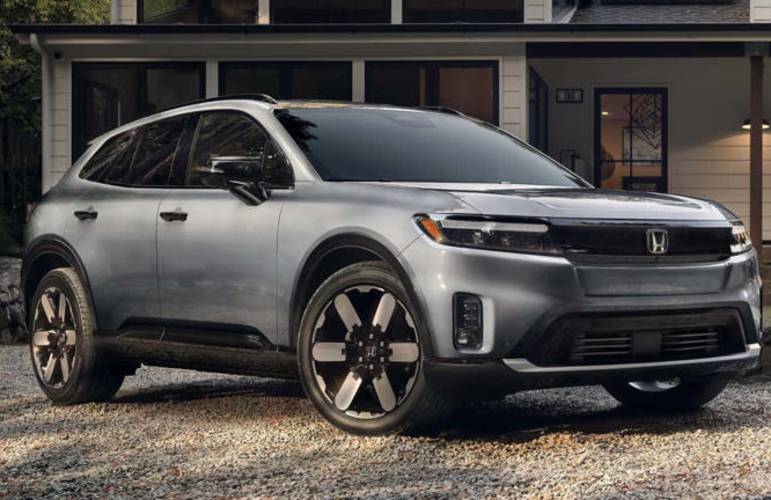
The electric vehicle (EV) landscape is about to undergo a significant transformation as Honda and Acura prepare to join the ranks of automakers gaining access to Tesla's expansive Supercharger network. This groundbreaking development, slated for implementation in the spring of 2025, promises to revolutionize the charging experience for Honda and Acura EV owners across North America. As the automotive industry continues its rapid shift towards electrification, this partnership marks a pivotal moment in the quest for more accessible and efficient charging solutions.
The announcement comes as part of Honda's broader strategy to accelerate EV adoption and enhance the overall ownership experience for its electric vehicle customers. By tapping into Tesla's renowned charging infrastructure, Honda and Acura are poised to address one of the most pressing concerns for current and prospective EV owners: the availability and reliability of charging options. This move not only demonstrates Honda's commitment to embracing the electric future but also signals a growing trend of collaboration within the automotive industry to overcome the challenges associated with EV infrastructure.
As we delve deeper into this exciting development, we'll explore the implications for Honda and Acura EV owners, the technical aspects of the integration, and the potential impact on the broader EV market. From the specifics of adapter usage to the future of built-in compatibility, this article will provide a comprehensive overview of what this partnership means for the future of electric mobility.
Tesla's Supercharger network has long been hailed as the gold standard in EV charging infrastructure. Its reputation for reliability, speed, and strategic placement has made it a coveted resource for electric vehicle owners. Now, with Honda and Acura joining the fold, a new chapter in charging accessibility is set to unfold.
The Supercharger network boasts an impressive footprint, with over 15,000 charging stalls spread across the United States and Canada. This extensive coverage ensures that EV drivers can embark on long-distance journeys with confidence, knowing that a fast-charging option is never too far away. The network's reliability is another key factor, with Tesla's commitment to maintenance and upgrades ensuring that chargers are consistently operational and up-to-date.
One of the most significant advantages of the Supercharger network is its charging speed. Tesla's V3 Superchargers, which make up a substantial portion of the network, can deliver charging rates of up to 250 kW. This translates to the ability to add up to 200 miles of range in just 15 minutes for compatible vehicles. While the exact charging speeds for Honda and Acura EVs will depend on their specific capabilities, the potential for rapid charging is a game-changer for many drivers.
Tesla has strategically placed its Superchargers along major travel routes and in convenient urban locations. This thoughtful placement makes it easier for drivers to integrate charging stops into their journeys, whether they're on a cross-country road trip or simply running errands around town. The addition of Honda and Acura vehicles to this network will allow their owners to benefit from this strategic planning, potentially opening up new travel possibilities.
As the demand for electric vehicles continues to grow, Tesla has shown a commitment to expanding and upgrading its Supercharger network. This ongoing investment in infrastructure means that Honda and Acura EV owners will not only benefit from the current network but also from future improvements and expansions. The partnership could potentially influence the placement of new Supercharger stations, taking into account the needs of a broader range of EV models.
The integration of Honda and Acura EVs into the Tesla Supercharger network represents a significant shift in the charging ecosystem. This section explores the practical aspects of this transition and what it means for current and future EV owners.
Initially, Honda and Acura EV owners will need to use certified adapters to connect their vehicles to Tesla Superchargers. These adapters will bridge the gap between the Combined Charging System (CCS) ports currently used by Honda and Acura EVs and the North American Charging Standard (NACS) connectors used by Tesla. The availability of these adapters is crucial for ensuring a smooth transition and enabling immediate access to the Supercharger network.
Honda has announced that certified adapters will be made available through Honda and Acura dealerships. While the exact distribution method and potential costs are yet to be confirmed, the company has emphasized the importance of using only certified adapters to maintain vehicle warranty and ensure safe charging. EV owners will need to familiarize themselves with the proper use of these adapters to ensure a seamless charging experience.
Looking ahead, Honda has plans to equip its new EV models with built-in NACS ports starting later in 2025. This forward-thinking approach will eliminate the need for adapters in future models, streamlining the charging process and further integrating Honda and Acura vehicles into the Tesla charging ecosystem. This move aligns with the broader industry trend towards adopting the NACS as a standard, potentially simplifying the charging landscape for all EV owners in the future.
For owners of current Honda and Acura EV models, such as the Honda Prologue and Acura ZDX, the adapter solution provides a bridge to access the Supercharger network. While these models will continue to use their existing CCS ports for other charging networks, the addition of Supercharger compatibility significantly expands their charging options. This dual compatibility ensures that these vehicles remain versatile and adaptable to various charging infrastructures.
The success of this partnership between Honda, Acura, and Tesla hinges not just on hardware compatibility but also on the seamless integration of software and user interfaces. This section explores how technology will play a crucial role in ensuring a smooth charging experience for users.
Honda and Acura are working to integrate Supercharger functionality into their existing mobile applications. The HondaLink and Acura EV apps will be updated to include features that allow users to locate Tesla Superchargers, initiate charging sessions, and manage payments directly through their familiar interfaces. This integration eliminates the need for multiple apps or accounts, streamlining the charging process for users.
One of the key benefits of this integration will be access to real-time information about Supercharger availability and status. Through their respective apps, Honda and Acura EV owners will be able to check which charging stalls are currently available, plan their routes accordingly, and even receive notifications about optimal charging times or potential wait times at busy locations.
The integration extends to payment processing as well. Users will be able to link their payment methods directly within their Honda or Acura apps, allowing for automatic billing when charging at Supercharger stations. This eliminates the need for separate transactions or accounts, making the charging experience as convenient as possible.
As the partnership evolves and new features or improvements become available, Honda and Acura will be able to push over-the-air updates to their vehicles and apps. This ensures that users always have access to the latest functionality and can take full advantage of any enhancements to the Supercharger integration over time.
The collaboration between Honda, Acura, and Tesla to open up Supercharger access has far-reaching implications for the electric vehicle market as a whole. This section examines how this partnership could influence consumer behavior, market competition, and the overall trajectory of EV adoption.
One of the primary barriers to EV adoption has been range anxiety and concerns about charging infrastructure. By gaining access to Tesla's extensive and reliable Supercharger network, Honda and Acura are effectively addressing these concerns for their customers. This move could significantly boost consumer confidence in EVs, potentially accelerating adoption rates among those who were previously hesitant due to charging concerns.
Tesla's Supercharger network has long been seen as a competitive advantage for the brand. By opening up this network to other manufacturers, including Honda and Acura, the playing field in the EV market becomes more level. This could lead to increased competition based on vehicle features, performance, and price, rather than charging infrastructure alone.
This partnership sets a precedent for collaboration within the automotive industry. As more manufacturers join the NACS standard and gain access to shared charging networks, we may see a shift towards more open and collaborative approaches to solving common challenges in the EV space. This could lead to faster innovation and more rapid improvements in charging technology and infrastructure.
The expanded charging options could make EVs more attractive to a broader range of consumers, including those who may not have previously considered an electric vehicle due to perceived limitations in charging infrastructure. This could potentially expand the market for EVs, benefiting not just Honda and Acura but the entire industry.
While the integration of Honda and Acura EVs into the Tesla Supercharger network presents numerous benefits, it also comes with its own set of challenges and opportunities. This section explores the potential hurdles and areas for growth as this partnership unfolds.
As more non-Tesla vehicles gain access to the Supercharger network, there's a potential for increased congestion at popular charging locations. Tesla, Honda, and Acura will need to work together to manage this increased demand, potentially through strategies such as dynamic pricing, reservation systems, or accelerated expansion of the charging network.
While adapters will enable initial access, ensuring optimal charging performance across different vehicle models and charging stations will be crucial. This may require ongoing collaboration between the manufacturers to fine-tune compatibility and address any technical issues that arise.
A significant challenge will be educating Honda and Acura EV owners about how to use the Supercharger network effectively. This includes proper use of adapters, understanding charging etiquette, and navigating any differences in the charging process compared to other networks. Comprehensive user guides, in-app tutorials, and dealer support will be essential in this education process.
As the user base of the Supercharger network expands, Tesla will face the challenge of maintaining its high standards of reliability and user experience. This may necessitate accelerated investment in network expansion and upgrades to accommodate the increased demand from non-Tesla vehicles.
This partnership opens up new opportunities for innovation in charging technology and user experience. As Honda and Acura gain insights from their customers' experiences with Superchargers, they may be able to contribute to the development of new features or improvements that benefit all users of the network.
The collaboration between Honda, Acura, and Tesla is part of a larger trend reshaping the automotive industry. This section examines how this partnership fits into the broader context of industry-wide shifts towards electrification and open standards.
The adoption of the North American Charging Standard (NACS) by Honda and Acura, following in the footsteps of other major automakers, signals a growing consensus around the need for standardization in EV charging. This trend towards a unified charging standard could significantly simplify the EV ownership experience and accelerate the rollout of charging infrastructure.
As traditional automakers like Honda enter the EV market more aggressively, partnerships with established players like Tesla are reshaping competitive dynamics. These collaborations blur the lines between competitors and collaborators, potentially leading to a more interconnected and cooperative industry landscape.
The move towards open charging standards and shared infrastructure aligns with government efforts to promote EV adoption and reduce carbon emissions. This collaboration could influence policy decisions and potentially lead to increased public-private partnerships in the development of charging infrastructure.
While this partnership currently focuses on North America, it could have global implications. As automakers seek to standardize their EV offerings across markets, successful collaborations in one region could serve as a model for similar partnerships worldwide.
The integration of Honda and Acura EVs into the Tesla Supercharger network brings a host of benefits to consumers, but also introduces new considerations for current and prospective EV owners. This section explores the impact on the user experience and what consumers need to know.
The most immediate benefit for Honda and Acura EV owners is the significant expansion of their charging options. Access to the Supercharger network means more convenient long-distance travel and increased flexibility in daily charging routines. This expanded network can help alleviate range anxiety and make EV ownership more practical for a wider range of drivers.
While the convenience of Supercharger access is clear, consumers will need to consider potential costs associated with this new charging option. This may include the price of adapters (if not provided free of charge) and potentially different pricing structures for charging compared to other networks. Honda and Acura will need to clearly communicate these factors to their customers to ensure transparency and help users make informed decisions about their charging options.
For many Honda and Acura EV owners, using the Supercharger network will be a new experience. There may be a learning curve associated with using adapters, navigating the Tesla charging interface, and understanding any differences in charging protocols. Manufacturers will need to provide clear guidance and support to help users adapt to this new charging ecosystem.
Access to the Supercharger network could potentially impact the resale value of Honda and Acura EVs. As this capability becomes more widely recognized, it may become a selling point for used vehicles, potentially enhancing their value in the secondary market.
Understanding the technical aspects of integrating Honda and Acura EVs with the Tesla Supercharger network is crucial for setting realistic expectations about charging performance and compatibility. This section delves into the technical considerations and what users can expect in terms of charging speeds and efficiency.
The adapters that will enable Honda and Acura EVs to use Superchargers are more than simple plug converters. They need to facilitate communication between the vehicle and the charging station, ensuring safe and efficient charging. However, the use of adapters may introduce some limitations in terms of maximum charging speeds or functionality compared to native Tesla vehicles.
While Tesla Superchargers are capable of extremely high charging rates, the actual charging speed for Honda and Acura EVs will depend on several factors, including the vehicle's battery technology, thermal management systems, and onboard charging capabilities. Users should be prepared for potentially different charging curves and peak rates compared to what they might experience at other fast-charging stations.
Honda and Acura may need to implement software updates or optimizations to their vehicles to fully leverage the capabilities of the Supercharger network. This could include adjustments to battery management systems or charging protocols to ensure the most efficient and safe charging experience possible.
As charging technology continues to evolve, questions arise about how Honda and Acura EVs will keep pace with advancements in the Supercharger network. The companies will need to consider how to future-proof their vehicles and charging solutions to ensure long-term compatibility and performance.
The partnership between Honda, Acura, and Tesla to open up Supercharger access is just one piece of a rapidly evolving EV ecosystem. This section examines how this collaboration fits into the broader landscape of EV charging and infrastructure development.
While access to the Supercharger network is a significant development, it's important to note that Honda and Acura are also investing in other charging solutions. The companies' involvement with networks like Ionna demonstrates a commitment to providing diverse charging options for their customers. This multi-network approach ensures that EV owners have flexibility in their charging choices and aren't solely reliant on any single provider.
The expansion of Supercharger access to non-Tesla vehicles could potentially impact third-party charging network operators. These providers may need to innovate and improve their offerings to remain competitive in light of the Supercharger network's reputation for reliability and speed. This competition could ultimately benefit consumers through improved services and potentially more competitive pricing across all charging networks.
As the EV charging landscape evolves, there's increasing focus on integrating charging infrastructure with smart grid technologies. The collaboration between major automakers and charging networks could accelerate the development of vehicle-to-grid (V2G) capabilities, enabling EVs to not only draw power from the grid but also potentially feed it back during peak demand periods.
The expansion of EV charging options, including access to Superchargers for a wider range of vehicles, has implications for urban planning and development. Cities and municipalities may need to reconsider zoning laws, building codes, and infrastructure planning to accommodate the growing demand for diverse charging options in both public and private spaces.

As Honda and Acura prepare to join the Tesla Supercharger network, it's natural to wonder what the future holds for EV charging technology and infrastructure. This section explores potential developments and trends that could shape the EV charging landscape in the coming years.
The race for faster charging times continues, with researchers and manufacturers pushing the boundaries of what's possible. Future developments could see charging speeds that rival or even surpass the time it takes to refuel a traditional gasoline vehicle. This could involve new battery technologies, improved cooling systems, and more powerful charging stations.
While current EV charging requires a physical connection, the future may see wider adoption of wireless charging technology. This could revolutionize how and where EVs are charged, potentially allowing for charging while driving or parked without the need for manual plug-in.
Artificial intelligence could play a significant role in optimizing the charging experience. AI systems could predict when and where charging will be needed based on user habits and route planning, automatically reserving charging slots and managing the charging process for maximum efficiency.
As the world moves towards more sustainable energy sources, EV charging infrastructure is likely to become increasingly integrated with renewable energy systems. This could involve direct solar or wind power integration at charging stations or smart systems that prioritize charging during times of excess renewable energy production.
The integration of Honda and Acura EVs into the Tesla Supercharger network marks a significant milestone in the evolution of electric vehicle infrastructure. This collaboration not only expands charging options for Honda and Acura owners but also signals a broader shift towards interoperability and standardization in the EV industry.
As we look to the future, it's clear that partnerships like this will play a crucial role in addressing one of the key barriers to EV adoption: charging infrastructure. By combining the strengths of established automakers with the innovative charging solutions pioneered by Tesla, the industry is taking a major step towards making electric vehicles a viable and attractive option for a wider range of consumers.
The success of this initiative will likely depend on several factors, including the seamless integration of technology, clear communication with consumers, and ongoing collaboration between manufacturers to ensure compatibility and performance. As the spring 2025 launch date approaches, all eyes will be on Honda, Acura, and Tesla to see how this partnership unfolds and what it means for the future of electric mobility.
Ultimately, this development represents more than just a new charging option for Honda and Acura EV owners. It's a testament to the industry's commitment to overcoming challenges through collaboration and innovation. As we move towards a more electrified future, partnerships like this will be instrumental in creating a robust, accessible, and user-friendly EV ecosystem that can truly compete with and eventually surpass traditional internal combustion vehicles.
The road ahead is exciting, and as more automakers join forces to improve the EV experience, we can expect to see accelerated progress towards a cleaner, more sustainable transportation future. For consumers, this means greater choice, improved convenience, and the confidence to embrace electric vehicles as a practical and enjoyable mode of transportation.
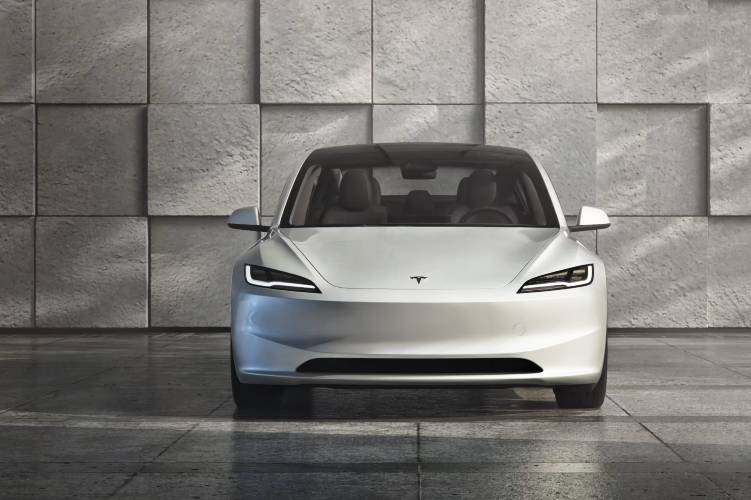
The automotive landscape witnessed a seismic shift...
October 27, 2024
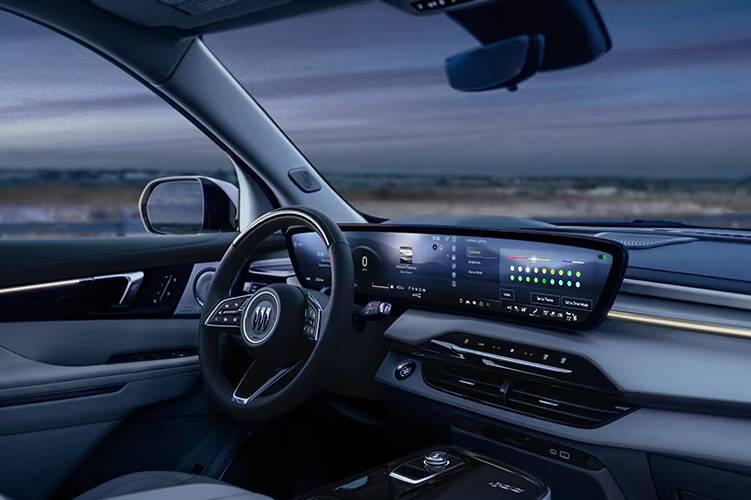
The landscape of in-car technology is on the brink...
October 27, 2024
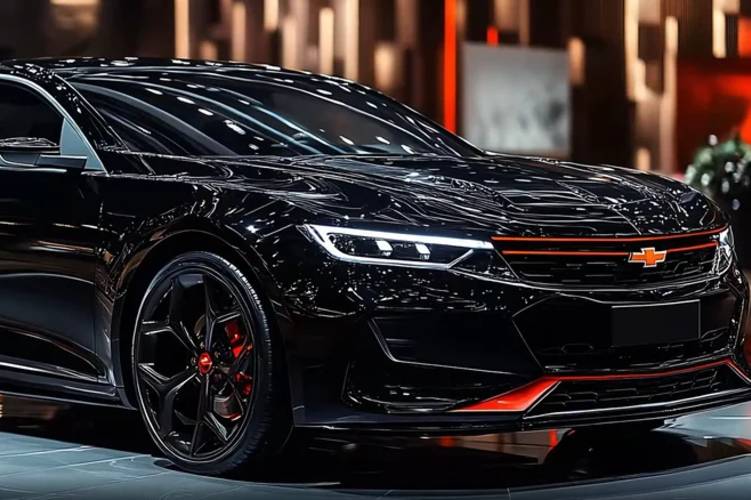
The automotive world is abuzz with excitement as C...
October 27, 2024
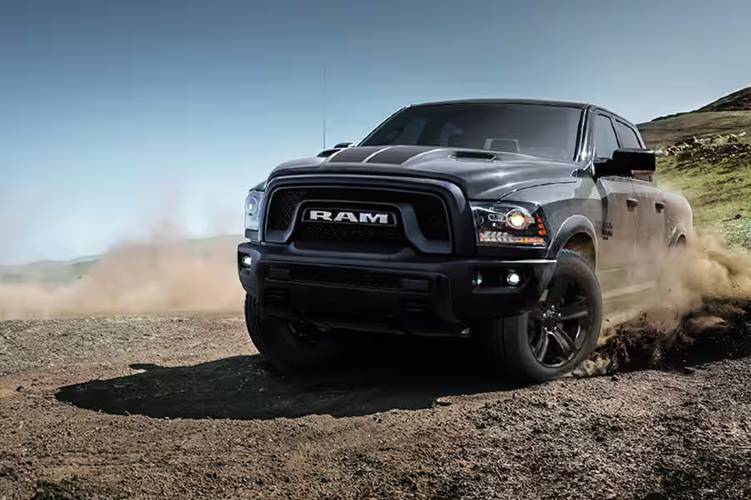
The used truck market can be a complex landscape t...
October 27, 2024
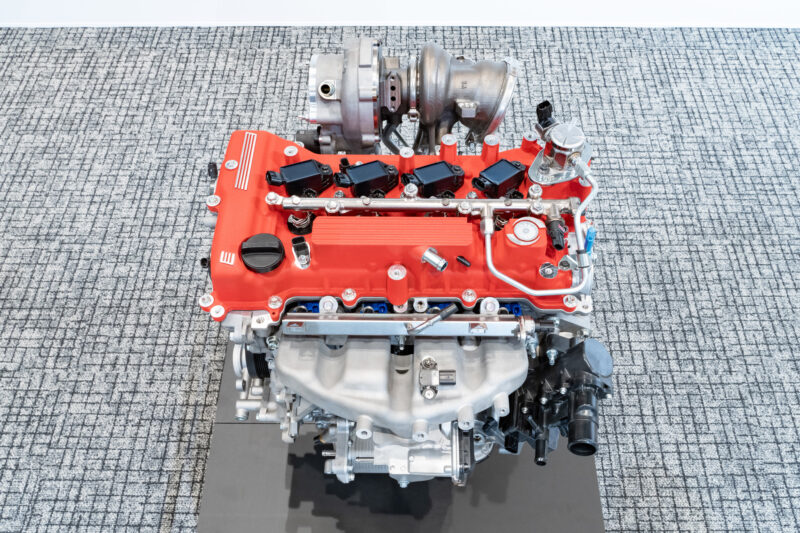
Toyota's latest engineering feat is a 2.0-liter en...
November 07, 2024
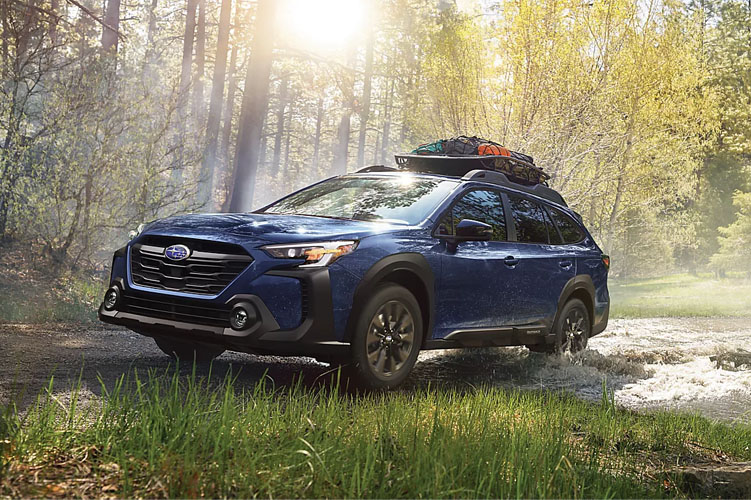
The choice between 4WD and AWD can substantially a...
November 07, 2024
Click to read more ...
Best Dream Car requests your location to offer personalized results and improve your experience.
Would you like to allow location access?